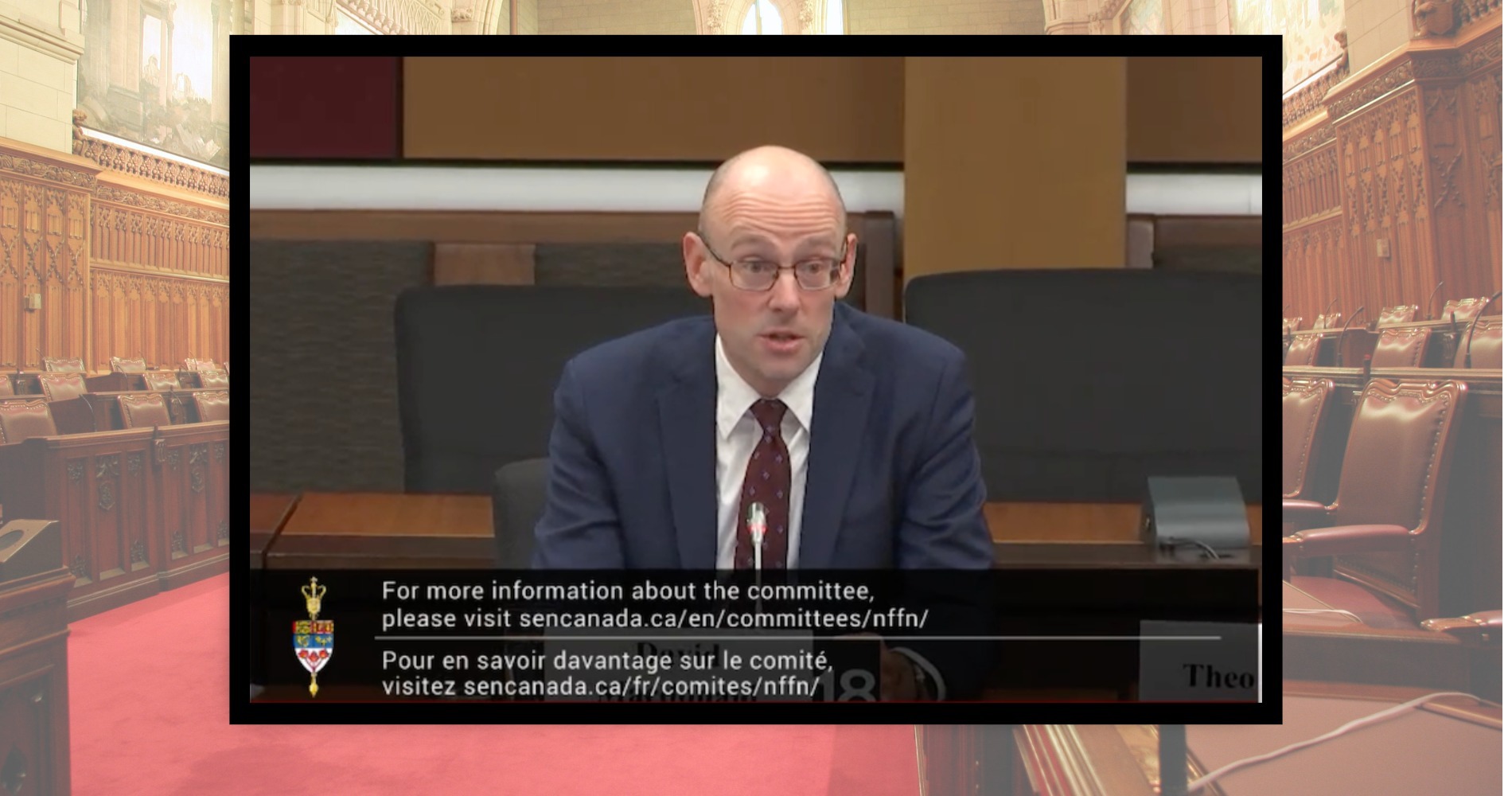Finance Minister Joe Oliver had a chance Tuesday to prove the Harper government’s economic prowess. The budget he delivered, however, failed miserably to do that.
Increased stimulus spending would have allowed provinces and municipalities to deal with Canada’s $172 billion infrastructure deficit ($11 billion in Manitoba and $3.8 billion in Winnipeg alone) and create new jobs. A federal living wage would have made many of those jobs decent ones.
This budget’s infrastructure spending disappoints in two ways. First, money is not available right away. The Finance Minister appealed to our sense of fiscal responsibility given the unpredictability of the economy, but the longer we wait to fix our infrastructure, the more it will cost to repair it. Secondly, $5.35 billion will be available through a New Building Canada Plan which means that only spending that includes Public Private Partnerships (P3s) will be considered. There are too many red flags around P3s, many of which have left tax payers on the hook for millions of dollars, to be forcing them on other levels of government. Despite federal government claims that Canada came out of the recent recession in a strong position, our economy is just sputtering along. The federal government is not doing enough to stimulate the economy for the benefit of all Canadians.
Economic growth bottomed out in 2009, with GDP shrinking by 1.25%, but by 2011, growth improved to around 3.5%. This correction occurred largely because of government stimulus spending. Today, growth sits at an anemic 2.64%. The global economy continues to struggle, with the Eurozone in the doldrums and China and other emerging markets slowing down. This global slump does not bode well for a country that relies so heavily on resource extraction: just consider how the fall in oil prices has impacted this budget. Bank of Canada forecasts have Canadian economic growth flickering around 2 percent until 2017.
Other economic observes believe there are signs of a serious structural problem that began long before oil prices tumbled and the global financial sector imploded. Those signals have been coming from the labour market, where job quality indicators are pointing to strong growth in precarious low-wage, part-time work. CIBC senior economist Benjamin Tal notes that last year the number of low-paying full-time jobs rose twice as much as the number of high-paying jobs.
These concerns are augmented by this week’s Statistics Canada Job Vacancies report. For every job vacancy in Canada, there are 5.8 people who need a job – a good job with decent pay and benefits so they can provide a degree of economic security to their families and have enough disposable income to stimulate the economy.
But infrastructure is not just physical – social infrastructure is also required for a healthy economy. Despite the proven advantages to a child’s lifelong development and its role in gender equality, childcare is woefully supported in Canada. Manitoba has demonstrated leadership in the childcare area, but it cannot provide the support required on its own. It is unfortunate that this federal budget did not invest more in childcare: every new childcare job creates or sustains another 2.15 jobs, and every dollar spent generates $1.58 of economic activity in Manitoba’s rural and northern regions and $1.38 in Winnipeg.
Instead of increased spending on childcare to help many low and mid-income families, we got income splitting which will help far fewer wealthy families – families whose children already have access to the best education and who do not have to have both parents working. Only families (with children under 18) in the top 50% income brackets will benefit from income splitting and a mere 18% of them will see just over $300. Just 11% of families with children will receive the full benefit of around $2,000, and these will be Canada’s wealthiest. This generous tax break will be lost on 89% of Canadian households, but will cost around $2 billion in lost revenue that could have gone towards a national childcare program.
Another questionable tax break comes with the doubling of the Tax Free Savings Account to $10,000, despite the fact that average annual contributions have been decreasing every year since it began in 2009. Mostly high-income, older Canadians take advantage of these accounts. Because interest accrues without being subject to tax, its budgetary impact grows with time. The Parliamentary Budget Officer estimates that TFSAs will take $14.8 billion from federal coffers and $7.6 from provincial revenues by 2060. That could pay for a lot of childcare, or eliminate child poverty (Manitoba has the 2nd highest child poverty rate in Canada), or revitalize our starving healthcare system or ensure safe drinking water on First Nations, or (fill in the blank).
Even though the TFSA increase and income splitting have been largely criticized as bad public policy, future leaders will be hesitant to reverse them lest they get labelled as tax and spend politicians. So rather than showing their fiscal responsibility by creating good jobs and investing in Canada’s working and middle class, this budget secures the position of Canada’s richest and further confounds our ability to deal with our greatest challenges.


